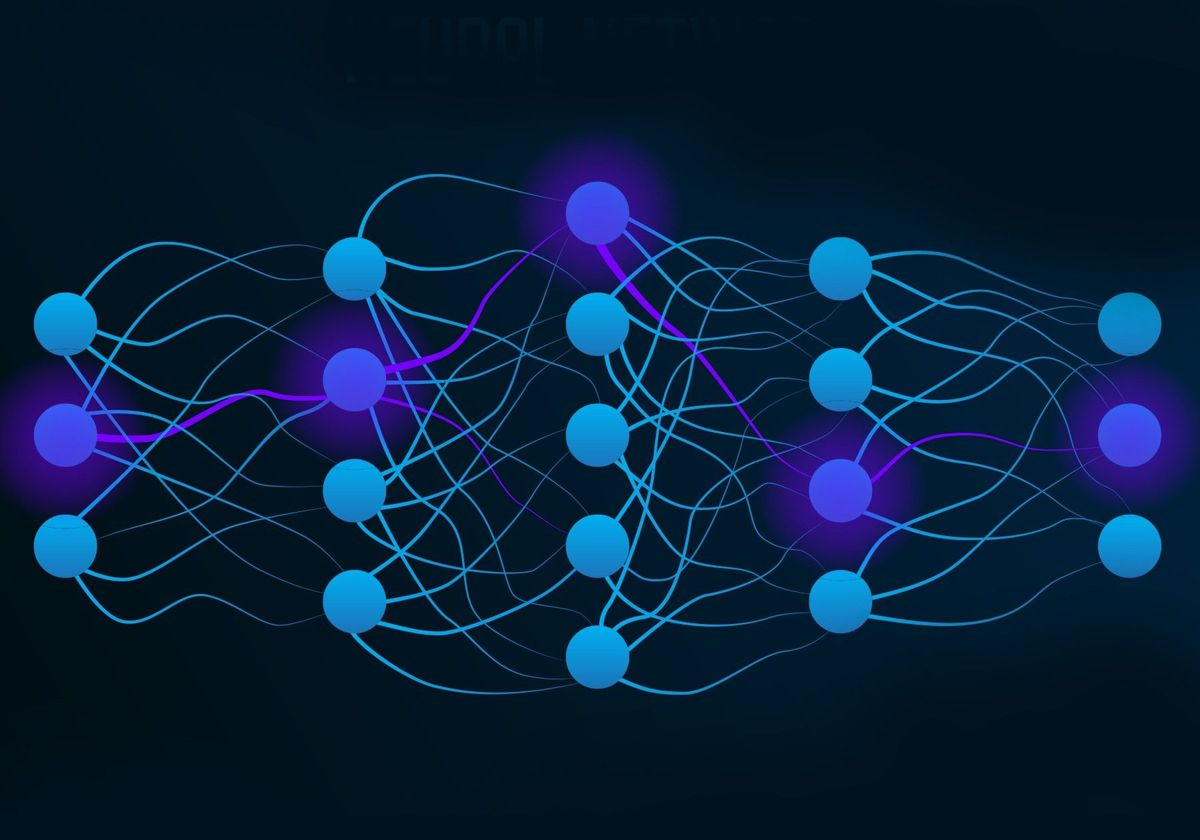Project Perseus AI ~ Post #3 ~ Evaluating Models and Learning TensorFlow

What did I Learn this Week? This week in my educational journey in machine learning, I learned how to track model metrics, such as accuracy and precision, I learned how another kind of model works, called binary classification , and finally I learned some Tensorflow basics. Tensorflow is a really neat library created for the python programming language that lets you easily set up and train models using its Keras API . I started going through some videos that taught me the basics of how to import data, compile the model, fit the model, and evaluate the model's effectiveness. So, I've boiled down everything that I've learned in the past couple weeks into a post that briefly describes the ML concepts I went through and the code I used to practice those concepts. Let's get started! Basics of a Binary Classification Model A binary classification model is one that seeks to categorize data points as one option out of two possible options. For example, it could be used to ...




